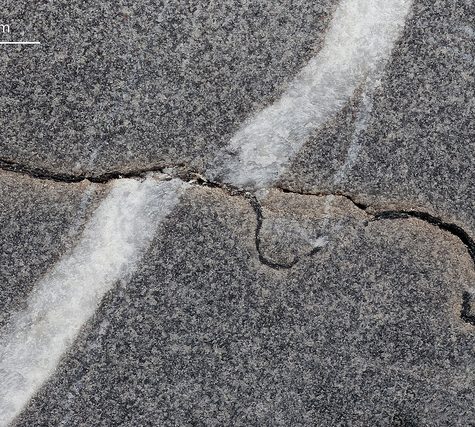Stylolite
$19.00 – $400.00Stylolites or styolite (Greek: stylos, pillar; lithos, stone) are serrated surfaces within a rock mass at which mineral material has been removed by pressure dissolution, in a process that decreases the total volume of rock. Insoluble minerals, such as clays, pyrite and oxides, remain within the stylolites and make them visible. Sometimes host rocks contain no insoluble minerals, in which case stylolites can be recognized by change in texture of the rock.[1] They occur most commonly in homogeneous rocks,[2]carbonates, cherts, sandstones, but they can be found in certain igneous rocks and ice. Their size vary from microscopic contacts between two grains (microstylolites) to large structures up to 20 m in length and up to 10 m in amplitude in ice.[3] Stylolites usually form parallel to bedding, because of overburden pressure, but they can be oblique or even perpendicular to bedding, as a result of tectonic activity.[4][5]
















